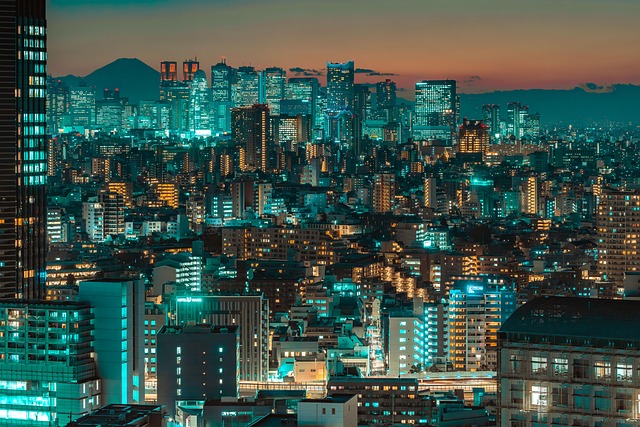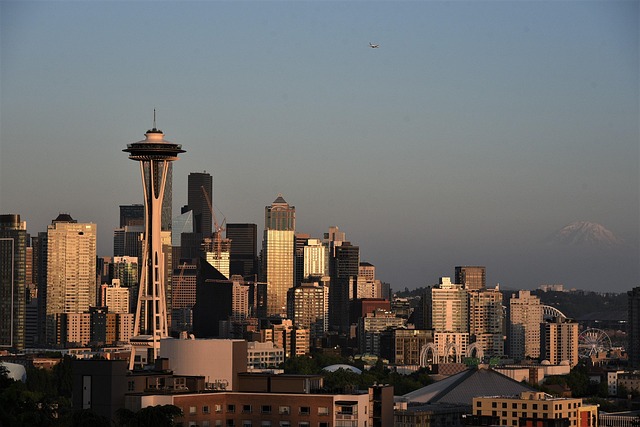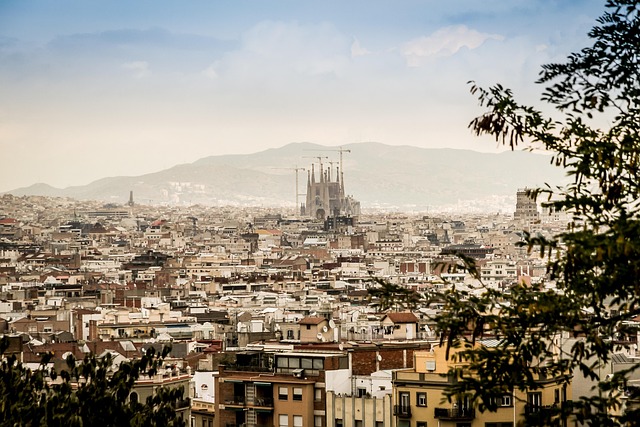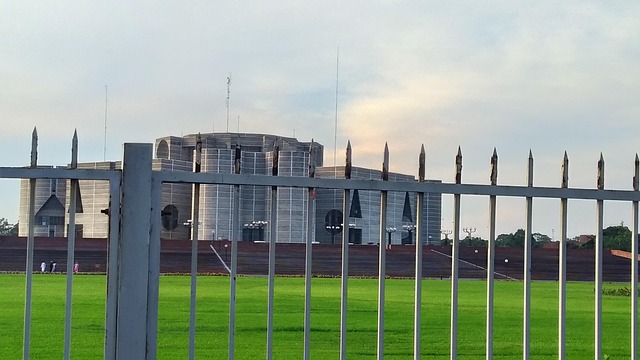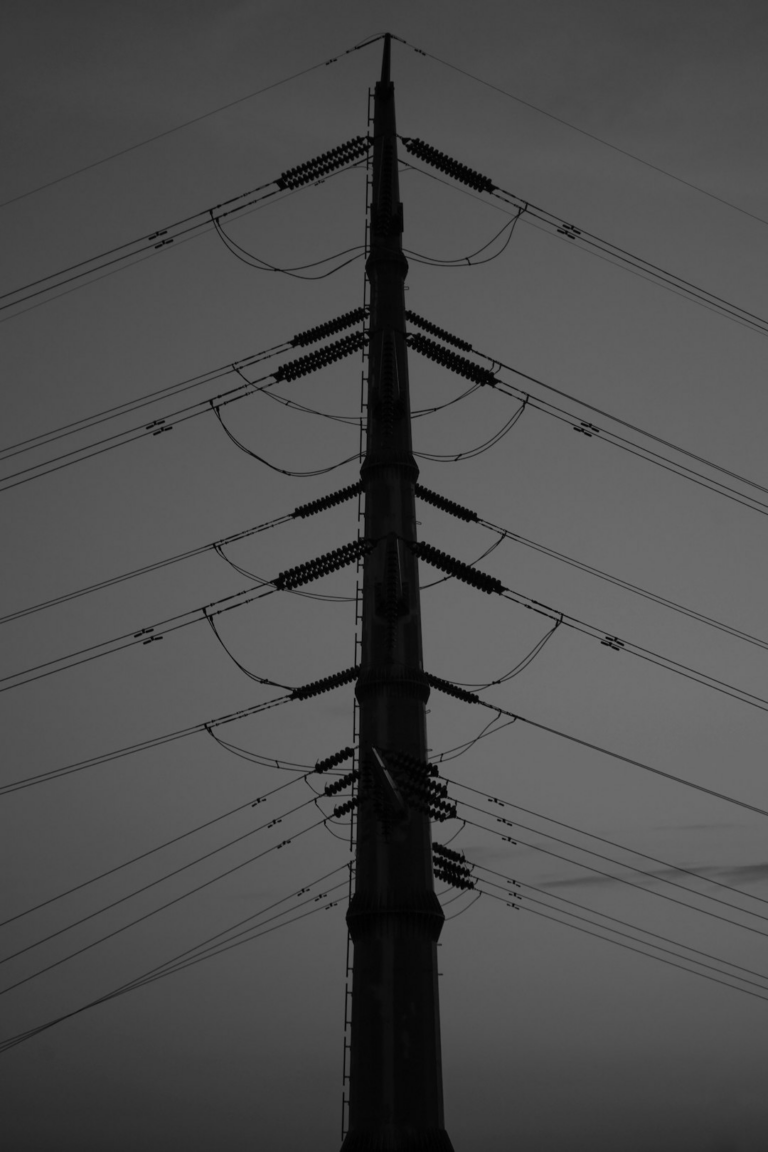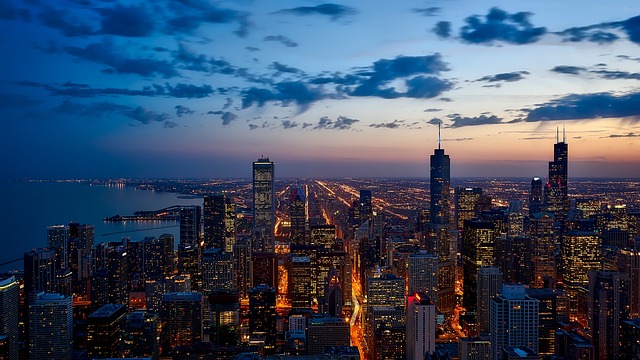
In Karachi, Pakistan's economic hub, reliable gas access is crucial for residents and businesses. Primarily sourced from natural gas or LPG, it powers daily life. Supply fluctuates based on various factors, highlighting the need to understand the city's complex distribution network. Residents have options like grid-connected gas or cylinder LPG, but staying informed about supplier updates, price trends, and safety measures is vital. Efforts to modernize infrastructure, expand capacity, and explore alternative energy sources are underway to ensure a more sustainable and stable gas supply for Karachi's growing population and economic demands.
In the bustling metropolis of Karachi, understanding gas availability is paramount for its energy sector. This comprehensive guide delves into the intricacies of natural gas distribution within the city, highlighting both current challenges and ongoing efforts to improve supply. From the complexities of infrastructure to innovative solutions, we explore what the future holds for Karachi’s energy landscape. Discover how these developments could shape the city’s economic growth and environmental sustainability in terms of reliable gas availability.
- Understanding Gas Availability in Karachi: A Basic Guide
- Challenges and Efforts to Improve Supply in the City
- The Future of Natural Gas Distribution in Karachi's Energy Sector
Understanding Gas Availability in Karachi: A Basic Guide
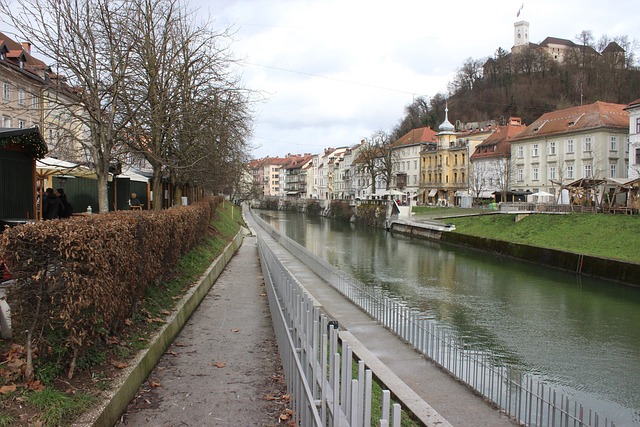
In Karachi, gas availability is a topic of significant interest for residents and businesses alike. Understanding how and where to access this essential resource is crucial for navigating the city’s dynamic energy landscape. Gas, primarily in the form of natural gas or liquefied petroleum gas (LPG), serves as a vital fuel source for cooking, heating, and industrial processes. Availability can vary based on supply and demand, seasonal changes, and infrastructure updates.
To ensure reliable access to gas in Karachi, it’s essential to be aware of key distribution channels. The city boasts an extensive network of gas suppliers, from large utilities to local distributors. Residents often choose between grid connection for natural gas or cylinder-based LPG systems. Staying informed about supplier updates, price fluctuations, and safety guidelines is paramount. Regularly checking with local authorities and trusted providers can help Karachis maintain a steady supply of this indispensable energy source.
Challenges and Efforts to Improve Supply in the City

Karachi, Pakistan’s economic hub, faces significant challenges in ensuring reliable and consistent gas supply for its growing population. The city’s energy demands have been increasing steadily, especially with industrial growth and urbanization. However, the existing infrastructure struggles to keep up, often leading to gas shortages and intermittent supplies. This issue is exacerbated by outdated distribution networks, illegal connections, and a lack of efficient monitoring systems.
Efforts to improve the situation are ongoing. The government and various energy companies have initiated projects to enhance gas distribution infrastructure in Karachi. These include plans for modernizing the network, expanding capacity, and implementing smart metering systems. Additionally, there is a push towards exploring alternative energy sources and improving energy efficiency to ensure a more sustainable and stable supply of gas for the city’s residents and businesses.
The Future of Natural Gas Distribution in Karachi's Energy Sector
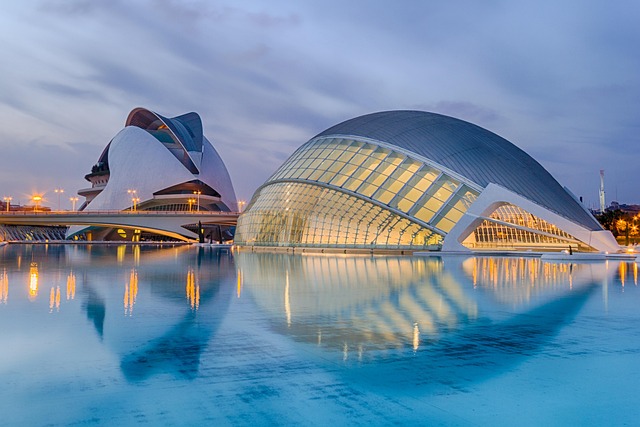
The future of natural gas distribution in Karachi’s energy sector looks promising, with a focus on enhancing infrastructure and accessibility. The city, as one of Pakistan’s economic hubs, is witnessing a surge in demand for clean and efficient energy sources. Natural gas, known for its environmental benefits and cost-effectiveness, is at the forefront of this transition.
Karachi’s energy authorities are strategically investing in expanding the natural gas network to cater to both residential and industrial areas. This involves modernizing distribution pipelines, installing smart meters, and implementing digital monitoring systems to improve efficiency and safety. The goal is to make natural gas more readily available, reduce dependence on polluting fossil fuels, and contribute to Karachi’s overall sustainable development.
Karachi’s gas availability has been a complex challenge, but with ongoing efforts to improve infrastructure and distribution networks, the future looks brighter. By addressing the city’s specific needs and learning from past experiences, there is a promising path forward for enhanced natural gas supply in Karachi, ensuring a more stable and sustainable energy sector for its residents and industries.
